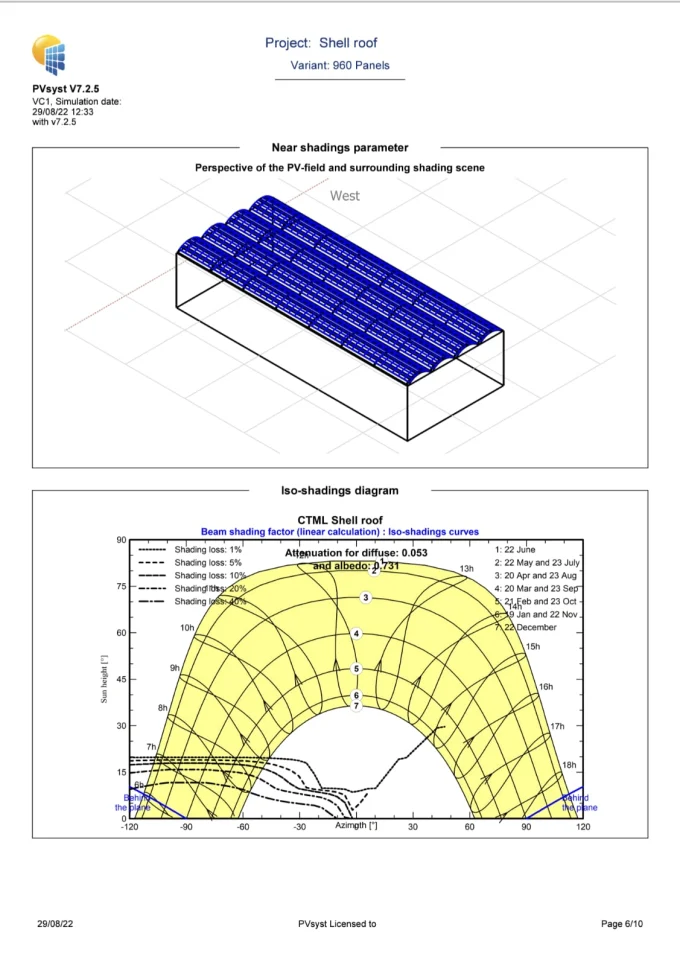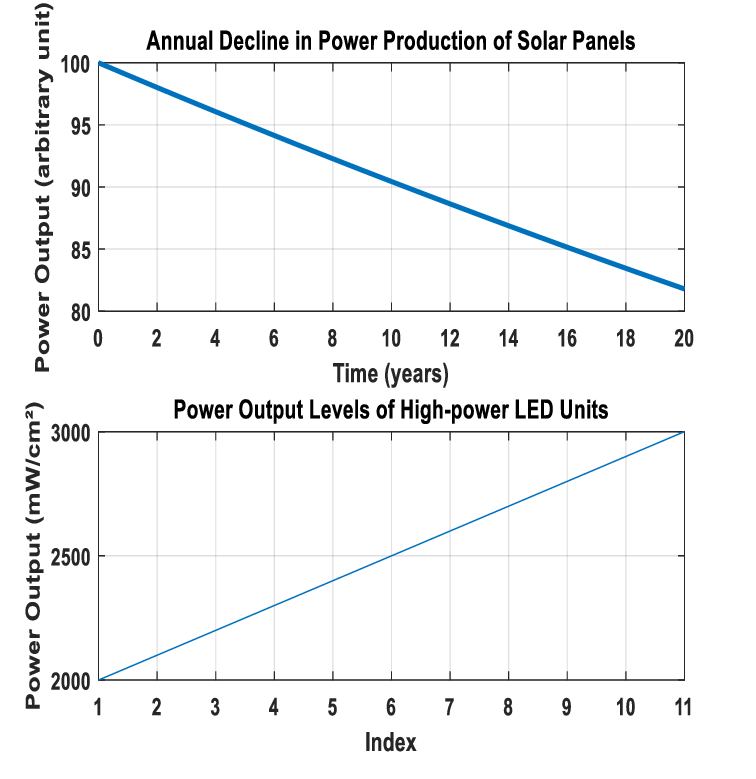The "Gray Area" of Solar Plant Investment Returns: How to Avoid Overestimated Solar Power Generation Traps?
Did you know that the actual power generation of a PV power plant can be 15%-30% lower than what’s stated in the design report?
Three common traps—shadow analysis errors, manipulated module degradation rates, and overestimated system efficiency—often inflate expected returns.
By mastering three critical indicators, factory owners can quickly identify risks and avoid losing hundreds of thousands in electricity revenue each year.
1. Why Is Your PV Power Plant Underperforming?
Trap #1: Inaccurate Shadow Analysis – Up to 25% Miscalculation
Industry Issue:
Many design firms use only satellite maps for rough shading estimates, neglecting real-world obstructions such as chimneys, water towers, or newly built structures—leading to overestimated power generation.
✅ Technical Truth:
A professional shadow analysis should be based on 3D modeling using solar positioning data from the winter solstice and simulate shading variations throughout the year.

Trap #2: Manipulated Panel Degradation Rates – Misleading Annual Losses
The Numbers Game:
Some low-quality designs advertise "only 0.5% annual degradation," but in reality, they follow a steeper initial loss model:
First-year degradation: 2%
Subsequent years: 0.45% annually
Total degradation over 25 years: 15.2% instead of the claimed 14%
Enhanced version: 25-year total degradation = 2% + 24×0.5% = 14%
Actual parameters: 25-year total degradation = 2% + 24×0.55% = 15.2%
? Impact on a 500kW system:
This small discrepancy can result in a loss of 340,000 kWh over 25 years, translating to an estimated $35,000 in lost revenue.

Trap #3: Overestimated System Efficiency – Hidden Losses in Default Assumptions
Industry Norms vs. Reality:
Many design reports assume a fixed 82% system efficiency, failing to factor in:
Dust accumulation losses (3%-8% per year)
DC wiring losses (1%-3%)
Inverter efficiency fluctuations (2%-5%)
? Cost Implication:
If system efficiency is corrected from 82% to 76%, a 500kW PV system loses 67,000 kWh annually—equivalent to $7,000 in electricity revenue.

2. A Factory Owner’s Guide to Detecting Hidden PV Design Issues
? Step 1: Conduct a “Triple Check” on Shadow Analysis
✅ Check the tools – Request PVsyst or Helioscope simulations with monthly shading impact reports. Reject hand-drawn sketches.
✅ Check the timing – Reports must be based on winter solstice (when shading is longest), from 9:00 AM to 3:00 PM.
✅ Check real-world conditions – Compare aerial photos of the site to confirm that chimneys, pipes, and trees are included in the model.

? Step 2: Verify Module Degradation with the "Two-Rate & Warranty" Rule
✅ Two-rate model – Ensure the report states both first-year and subsequent annual degradation rates. Reject vague "average degradation" claims.
✅ Warranty terms – The module manufacturer should guarantee ≤2% first-year degradation and ≤0.55% annual degradation thereafter—clearly written in the contract.
⚡ Step 3: Validate System Efficiency with a Four-Step Calculation
✅ Dust losses – Adjust efficiency based on local air quality (e.g., industrial zones may require ≥5% correction).
✅ Temperature impact – Every 1°C increase in module temperature reduces power output by 0.4% (hot climates may need 2%-3% correction).
✅ Wiring losses – DC losses should be ≤1.5%, AC losses ≤1%.
✅ Inverter efficiency – Require 98% operational efficiency, not just a misleading 99% peak efficiency.

3. Why Choose Us?
Design - Procurement of the whole chain control, 16 years of experience in the design of photovoltaic + energy storage power plant, with 100 + engineers team, including civil construction, transmission and transformation, high-voltage and ultra-high voltage, industrial and commercial photovoltaic, etc., and has a mature supply chain management system of the primary and secondary electrical equipment, to escort the landing of the project engineering.
Our full-stack approach ensures accurate energy yield predictions and maximized long-term ROI for your solar investment.